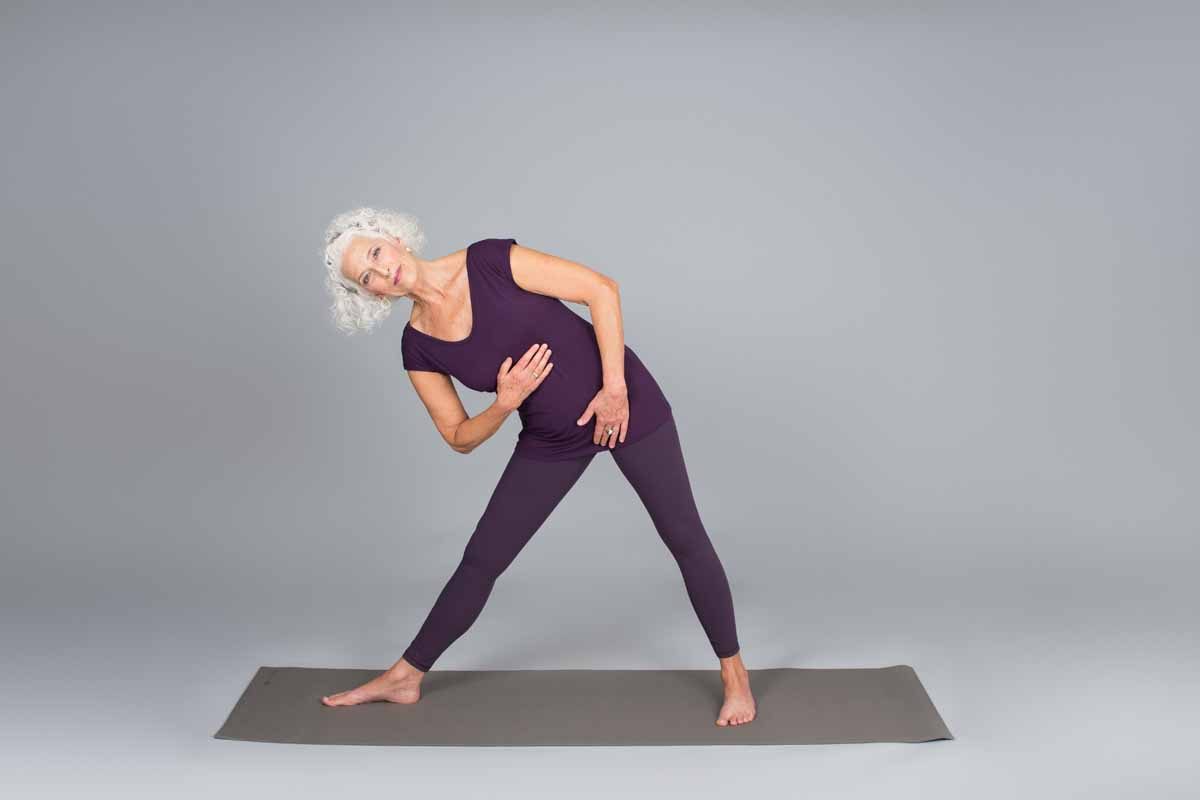The Power of Interoception
Interoception is the foundation of experiential anatomy as a healing modality. We need to feel what we want to heal. Traditionally, interoception referred to visceral sensations like hunger, fatigue, or the urge to pee. In this conscious sense, interoception is how our bodies talk to us. Through interoception we can map emotions in our body, like feeling love in our heart or butterflies in our stomach. Interoceptive signals in fascia, muscles and joints help us register qualities and effects of movement and of any emotional responses evoked. For example, interoceptive awareness gives me a sense that I have
Build a Stronger Sense of Self with Organ Awareness
I was hurrying along a forest path to get to a workshop session on time when I realized my shoulders were up around my ears and I was hardly breathing. Suddenly I remembered my organs, especially my heart and lungs and how they can support the shoulders. As I remembered, my shoulders and neck relaxed into the organic support of my heart and lungs and I immediately slowed down, started breathing fully and noticed the beauty surrounding me. I arrived to teach the session relaxed and calm. I love teaching experiential anatomy of the organ body. We don’t
Fascia: Everything is connected!
From our skin down to the nucleus and inner skeleton of our 30 trillion cells, we are a continuous body wide matrix of fascia. The systemic continuity of fascia became clear to me several years when I did a fascinating Biotensegrity focused cadaver dissection. I saw how anatomical structures are only separate when they are arbitrarily cut away from surrounding tissues by a scalpel. The vast fascial network creates unity, continuity, and relationship throughout our bodies by connecting all structures into one continuous tensional scaffolding.With an abundance of forms on a continuum from liquid (blood) to firm (bone), our
The Psoas, a Resource for Resilience
When I first started working with the psoas as a massage therapist a few decades ago I viewed it as a “problem” that needed fixing. Most of the clients I saw had overly contracted psoas muscles that caused pain, pelvic misalignment and sometimes issues with digestion, breathing and smooth reproductive functioning. Easy fix for menstrual cramps. And I was the hero that released it! Over many years of teaching experiential anatomy for the psoas, I have been humbled by what I have learned from my students as they sensitively explored this deep core muscle and developed a felt-sense
Why is the woman in the photo holding her abdomen?
Karla, the photo model in my new book Pathways to a Centered Body, is using her hands as a tactile cue to sense her psoas muscle during asana. Although buried and difficult to access, she can use her mind to dive deep and visualize the psoas location, size and pathway. She has already used experiential anatomy practices to develop a direct kinesthetic sense of this important muscle so she can integrate somatic awareness of it into her yoga asana and everyday movements. What is experiential anatomy? Let’s face it, learning anatomy can be boring! All those bony landmarks and
A tale of trauma and the psoas
A friend living in the southern US opened her front door, and literally froze. There was a dangerous snake on her porch. Doing its best to protect her, her nervous system froze her body. Dr. Stephen Porges’ Polyvagal Theory explains the way evolution dictates how the nervous system and body respond to danger signals in the environment. His theory has transformed the way we view trauma and chronic illness and has raised the status and relevance of the vagus nerve to be a popular topic in mainstream magazines. Dr. Porges discovered that the vagus nerve, which innervates most






